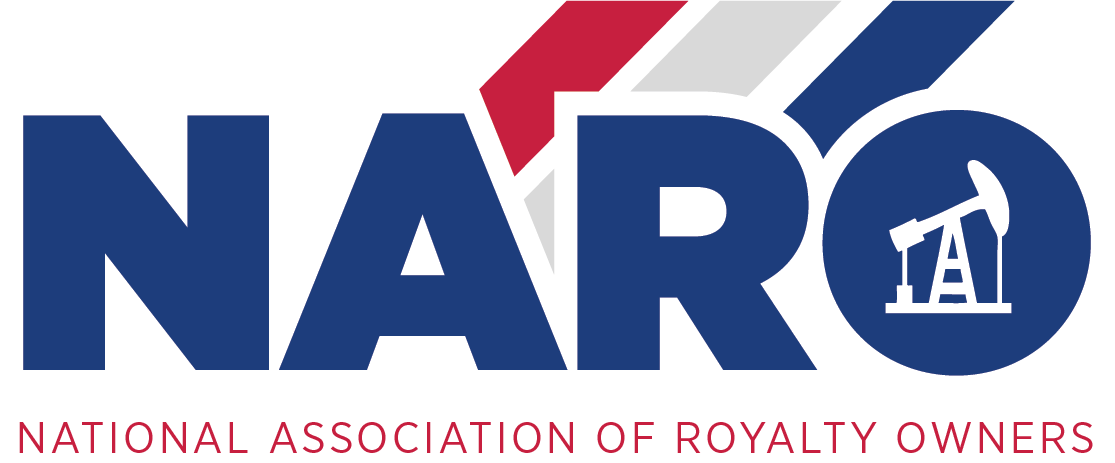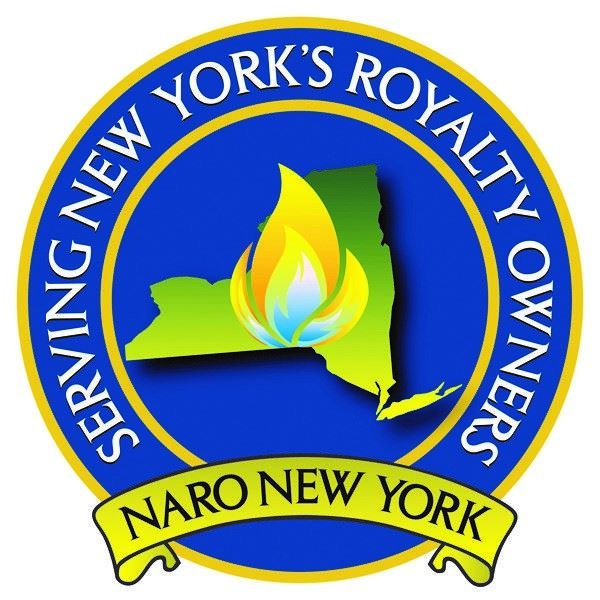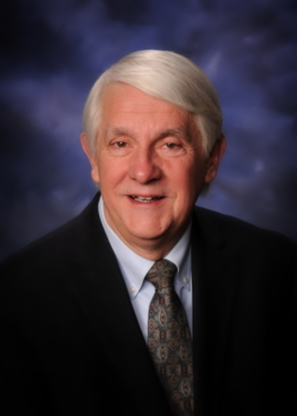|
Learn What is Happening In NY | EVENTS
|
The Ban on Hydraulic Fracturing in NY StateThe SEQR Findings Statement for high-volume hydraulic fracturing (HVHF) was issued on June 29, 2015. This concluded DEC’s comprehensive, seven-year review and officially prohibits HVHF in New York. In December 2014, the Department of Health completed a Public Health Review of HVHF, which DEC Commissioner Martens had requested. Dr. Zucker recommended that New York should not proceed with HVHF. See the DEC and DOH press release. | Background on Hydraulic Fracturing in NY StateDEC received more than 13,000 public comments on its Draft Supplemental Generic Environmental Impact Statement (Draft SGEIS) issued in September 2009. In response to issues raised, DEC prepared and released for public review a Revised Draft SGEIS on September 7, 2011. DEC held four additional public hearings around the state and received another 67,000 comments. DEC received more than 13,000 public comments on its Draft Supplemental Generic Environmental Impact Statement (Draft SGEIS) issued in September 2009. In response to issues raised, DEC prepared and released for public review a Revised Draft SGEIS on September 7, 2011. DEC held four additional public hearings around the state and received another 67,000 comments. Following release of the second draft, DEC also proposed regulations to supplement and reinforce the proposed permit conditions and received 180,000 public comments. In all, DEC received 260,000 public comments on the SGEIS and the regulations. The proposed regulations have lapsed under State law. In September 2012, Commissioner Martens asked the Commissioner of Health to determine if the mitigation DEC proposed was adequate to protect public health. As the volume of new information on HVHF grew, the scope of the review expanded to broadly consider the public health impacts of HVHF. At a December 17, 2014 Governor's cabinet meeting, Dr. Zucker released the DOH's Public Health Report of High-Volume Hydraulic Fracturing for Shale Gas Development (PDF). Following the meeting, DEC and DOH issued a press release announcing the report's findings and that DEC Commissioner Martens had directed staff to complete the SEQR process in early 2015 by publishing a final SGEIS and a legally binding Findings Statement. Note: HVHF has now been defined as 300,000 gallons of water, or more, per well site. The ban only relates to water and no other liquid. Water fracks under 300,000 gallons are permissible. |
LINKS for additional DEC information
Oil, Gas and Solution Salt Mining in NYS: http://www.dec.ny.gov/energy/205.html The Ban on High Volume Hydro fracturing in NYS: http://www.dec.ny.gov/energy/75370.html DEC Annual Report – 2014 Executive Summary & Trends – Oil, Gas & Solution Salt Mining http://www.dec.ny.gov/energy/92904.html What Landowners Need to Know About Oil & Gas Wells: http://www.dec.ny.gov/energy/1532.html New York’s Oil & Gas Well Database http://www.dec.ny.gov/cfmx/extapps/GasOil/ | New York Oil, Gas and Mineral Resources: http://www.dec.ny.gov/about/36033.html Well Owner and Applicants Information Center http://www.dec.ny.gov/energy/1522.html Well Permitting Process: http://www.dec.ny.gov/energy/1772.html A Landowners Guide to Oil and Gas Leasing: http://www.dec.ny.gov/docs/materials_minerals_pdf/brochure.pdf Landowner’s Guide to Oil & Gas Leasing (differs from above): http://www.dec.ny.gov/energy/1553.html |
About UsThe NARO-New
York (NARO-NY) chapter was formed to represent and assist royalty owners with
the unique concerns of those who own oil and gas rights in New York, or who
live in New York State and own oil and gas rights elsewhere. NARO-NY was formed on September 20, 2010 and approved as a state chapter of the National Association of Royalty Owners by the Board on October 7, 2010. The Internal Revenue Service recognized NARO-NY (Tax ID: 27-3586817) as a 501(c)(6) non-profit organization on October 28, 2010. | MissionThe mission of NARO-NY is to advance the interests and rights of mineral and royalty owners, promote the interests of royalty owners with energy companies and the public and engage in the accumulation of information and data concerning the geology, environment, and economics of petroleum and natural gas development Please
Note: We do not offer any legal advice. Please consult with a qualified oil/gas
lease attorney should you have legal questions. | Oil and Gas in New YorkOil and gas wells are economically important in New York State with more than 75,000 wells drilled in the state since the late 1800's. About 14,000 of these are still active and new drilling continues. Extraction of oil and gas contributes half a billion dollars to the state's economy each year. Wells are also drilled in New York for underground gas storage, geothermal heating/cooling, stratigraphic exploration, brine disposal and solution salt mining. The New York State Department of Environmental Conservation's Division of Mineral Resources administers regulations and a permitting program to mitigate to the greatest extent possible any potential environmental impact of drilling and well operation. In addition, the Division protects the correlative rights of mineral owners and ensures that oil and gas reserves are developed such that a greater ultimate recovery can be achieved. This is accomplished through well spacing and compulsory integration. |
NARO NY PRESIDENT
James Leonard James Leonard is a retired Certified Public Accountant and was the managing member of the firm of James E. Leonard, CPA, PLLC in Endicott, New York. Mr. Leonard serves as the President of the National Association of Royalty Owners – New York Chapter. He is a NARO Certified Minerals Manager – Professional level. His professional practice primarily consisted of natural gas lease and utility-scale wind and solar power lease consulting. In 2009, Mr. Leonard co-authored (along with Joseph Bennett, CPA of Cornell University) an eight-hour course designed specifically for accountants dealing with the complex income and taxation issues of mineral rights and royalty owners. Jim graduated from Broome Community College and the University at Albany with degrees in accounting in the 1970’s. Jim is a US Navy veteran stationed at Pearl Harbor and Okinawa in the early 1970s. He recently earned his Private Pilot license and Seaplane Rating. | NARO NY SECRETARYChristopher Denton, Esq.
Earned his B.A. from Dartmouth College, and his J.D. with honors from Syracuse University Law School. He founded the landowner oil and gas coalition movement in New York State and formed an interdisciplinary team of himself, Jim Leonard as CPA, Donald Zaengle as geologist, Bob Williams as environmental scientist, John Lacey as pipeline specialist, and Terry Retzloff as field specialist. Pioneered representation of landowners in compulsory integration in New York State. Prepared model leases and surface rights agreements in New York State and taught CLE courses on Oil and Gas Law in New York State. Teamed with Bob Williams to negotiate pipeline easements for landowners and litigated to change the way eminent domain compensates landowners for pipeline rights. Served in the US Army in the Artillery branch in West Germany during the Cold War. |
QUESTIONS?
| QUESTIONS AFTER HOURS? |
© Copyright 2022 National Association of Royalty Owners


